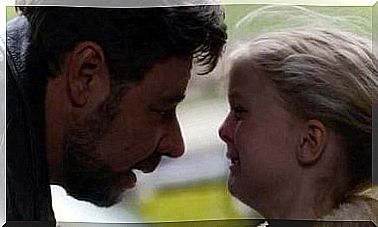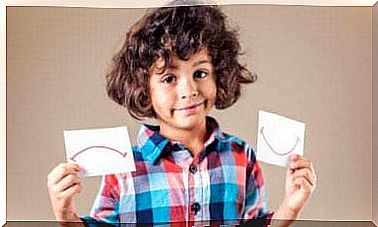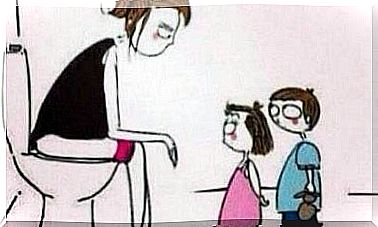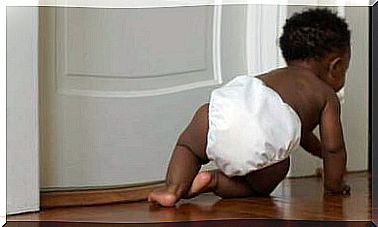Behaviors That May Indicate Autism
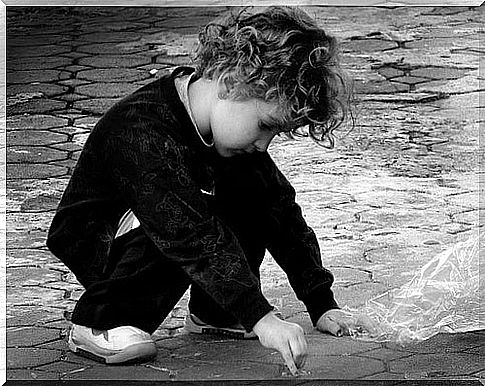
It is normal that, as a father or mother, you do not like to think that your child may have a problem of any kind. When it comes to autism, it is best diagnosed quickly and, if possible, before 18 months of age. It is necessary to know the indicators.
If the diagnosis is not made and autism is identified when the child is older, don’t worry. The treatments can be used at any age and it is possible to reduce the effects of this disorder.
What is autism?
Autism involves a group of brain development disorders and its characteristics depend on the different levels of the disease. It can manifest itself as a difficulty in social interaction and in the production of verbal and non-verbal language.
Because it has the same signs as other conditions that alter the normal development of children, it is easy to confuse autism with other conditions.
Indicators of Autism in Younger Children
These are some typical behaviors of children with autism:
- They don’t make eye contact (when you talk to them, when you feed them or play with them).
- They don’t smile when the people around them smile at them.
- They don’t respond when someone calls them by name or when they hear a familiar voice.
- They do not follow the objects that are shown to them with their eyes.
- They do not use gestures to communicate (such as waving their hands to say hello and to say goodbye).
- Usually, they don’t make sounds to get the attention of others if they want or need something.
- They don’t respond to hugs or gestures of affection.
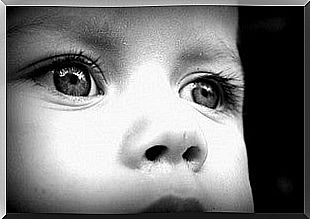
- When it’s time to play, they don’t mimic or respond to other people’s movements or facial expressions.
- They don’t raise their hands when they want to be picked up.
- They do not play with other people and do not show interest or cheerfulness when they play.
- They don’t ask for help when they can’t do something on their own.
Warning signs depending on the age of the child
At 6 months of age : the baby does not smile frequently and does not show expressions of joy or pleasure.
At 9 months of age : the baby does not produce sounds, smiles or facial expressions to communicate.
At 12 months of age : the child does not respond to his name, does not produce any stammering (the first stage of oral communication), does not respond to gestures and actions, such as signaling or picking up an object.
At 16 months of age : the baby has never said a word yet.
At 24 months of age : the child did not construct the first sentences (in general, consisting of at least two words)
Autism indicators in children over two years of age
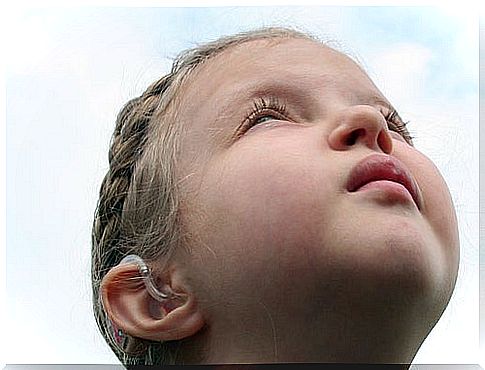
- He seems to be disinterested or not aware that there are other people around him.
- He doesn’t know how to interact with other people, play games or make friends.
- He prefers people not to touch him, not approach him, and not show affection to him.
- Usually, he doesn’t get involved in group play, doesn’t imitate children of the same age, and doesn’t use toys creatively.
- He has a hard time talking about his feelings.
- He doesn’t seem to listen when others talk to him.
- He does not share his successes or interests with the people closest to him.
- Speak in an uncommon tone of voice or a rhythm that is not easy to understand.
- Repeat the same words or phrases over and over.
- When asked a question, he repeats it instead of giving a clear answer.
- He refers to himself speaking in the third person.
- It commits many grammatical errors or vocabulary when he speaks.
- Has difficulty expressing their needs or desires.
- Cannot follow simple instructions.
- He does not understand the right tone of voice with which to express the different sentences.
- Avoid eye contact.
- Use facial expressions that don’t match what he says.
- His behavior is somewhat robotic because, when he communicates, he doesn’t use gestures much.
- It does not maintain the right body posture.
- A very strict routine follows.
- He struggles to adapt to changes in the way he does things.
- Sort items too neatly.
